Check Out Low-Light Photos Between Huawei P30 Pro & iPhone XS Max: It's About Time Apple Needs Serious Investment To Return To The Camera Competition
Karamchand Rameshwar - Apr 12, 2019

It seems like the iPhone XS Max is no match for the Huawei P30 Pro when it comes to taking photos in low-light conditions.
- Best Gaming Phones 2025: Top Devices for Mobile Gaming
- Huawei Band 10 Launches in India with Advanced Health Tracking Features
- After Windows Replacement OS, Huawei Set to Launch "Kirin X90" Chip for PCs to Replace Intel
Up to now, the iPhone is still one of the most popular smartphones, mostly due to the brand and user-friendly iOS. In the camera aspect, although Apple is not the first to have a camera system on its smartphones, it contributes significantly to the improvement of smartphone’s photography. But then its throne has been heavily shaken by the competition from Samsung with the Galaxy S10+, Huawei with the Huawei P30 Pro, and many other strong contenders.

The smartphone market today is very much competitive because other brands and competitors have improved continuously to make their products better.
Editor Vlad Savov from The Verge recently shared that almost all smartphone companies in the world recognize the importance of cameras. Over the past few years, big and small firms have been investing heavily to enhance and ensure camera quality on their devices over time. He also said that people used to buy iPhones because of cameras, but now Android firms have far surpassed Apple on the camera quality.
And if compared to the latest smartphone launched, the Huawei P30 Pro, it is clear that the iPhone has been far behind the competition in low-light photography. Here are some comparison photos that I took from iPhone XS Max and P30 Pro with Auto mode to see what realm of mobile camera technology has been achieved.
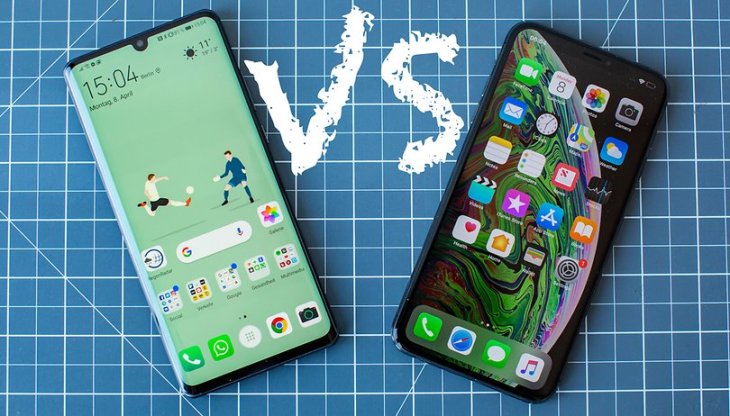
Before going to the comparison, please take note that the photos taken by iPhone XS Max will be on the left side and pictures taken by the Huawei P30 Pro will be on the right side.
1 / Night scene: If you look at it briefly, you will not see much difference in these two photos. However, if you pay attention to the dark areas of iPhone XS Max photos (left photo), the details are much worse with a lot of heavy noises.
2 / Low-light conditions in the airplane cabin, I myself could not see my shoes and so did the iPhone XS Max. But the Huawei P30 Pro has shown that this product's night-shooting capabilities are way better than its competitors.
3 / A corner of the living room with all the lights turned off, and I'm quite surprised when the photo from the P30 Pro still shows the pillow on the sofa while myself and iPhone XS Max don't see anything:
4 / This corner of the desk is helped by a very weak light from the bathroom window, but still can't save the iPhone XS Max low-light photography:
5 / And finally, the corner of the room, also supported a little light, but the result is still not better for the iPhone side:
You can clearly see the huge difference between the low-light photography of the recently-released Huawei P30 Pro and iPhone XS Max. This proves that Huawei didn’t overstate that its products can take photos in night time just as good as daylight during the launch event. To achieve this capability, they focused on upgrading the P30 Pro hardware at 2 points: larger aperture (f/1.6 compared to iPhone XS Max f/1.8) and using special RYYB sensors (Red-Yellow-Blue) instead of the usual RGGB (Red-Green-Blue) form. A yellow filter can obtain red and green lights, thereby obtaining a high amount of light twice as much light compared to a blue filter. After taking a picture, the software will use the information from that pixel in blue and red to create the final image.
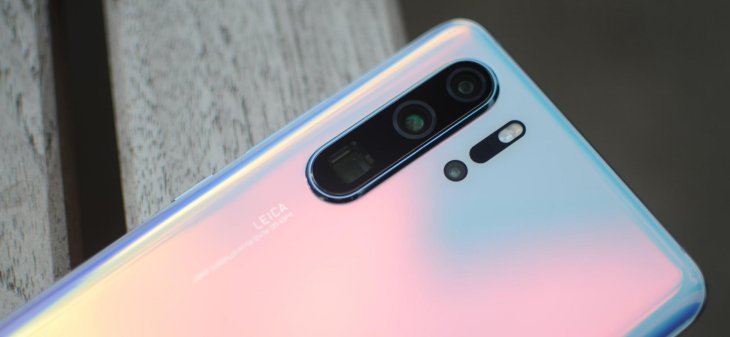
Thanks to this design, the P30 Pro sensor achieves 40% more light than other models, but it's not so perfect. DxOMark's review shows the high noises in high contrast areas because the device must separate the blue and red colors from the yellow pixels.
Thus, the imaging technology on smartphones has developed dramatically, especially the low-light photography capability which has far surpassed what we used to praise the iPhone for. The time has come for Apple to focus on the quality of photography more, as the explosion of social networks makes the camera an important factor for users when choosing to buy smartphones.
Featured Stories

Mobile - Oct 23, 2025
How Casual Games Are Winning the Mobile Attention War
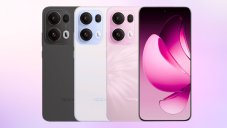
Mobile - Jul 03, 2025
OPPO Reno 14 Series Hits India: Launch Date, Cameras, and Specs
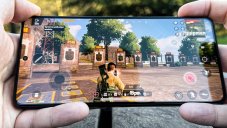
Mobile - Jun 12, 2025
Best Gaming Phones 2025: Top Devices for Mobile Gaming
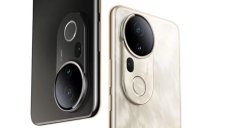
Mobile - Jun 12, 2025
Vivo T4 Ultra Debuts with MediaTek Dimensity 9300+ Chipset
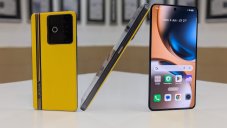
Mobile - Jun 08, 2025
Realme GT 7T Review: Power Meets Endurance in Controversial Style
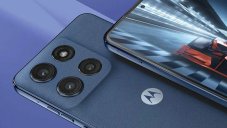
Mobile - Jun 08, 2025
Motorola Edge 60 Set to Debut in India This June
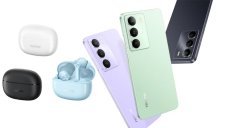
Mobile - Jun 07, 2025
Realme C73 5G Launches in India: Budget 5G Phone Starts at ₹10,499
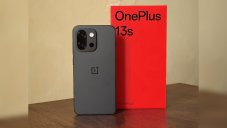
Gadgets - Jun 07, 2025
OnePlus 13s Makes Indian Debut: Compact Flagship Brings Premium Features at...
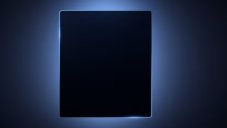
Mobile - Jun 04, 2025
Samsung Galaxy Z Fold 7 Ultra: The Next Chapter of Premium Foldables
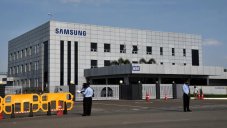
Mobile - Jun 02, 2025
Comments
Sort by Newest | Popular